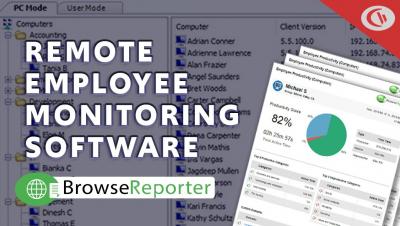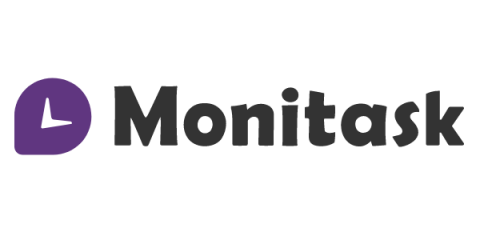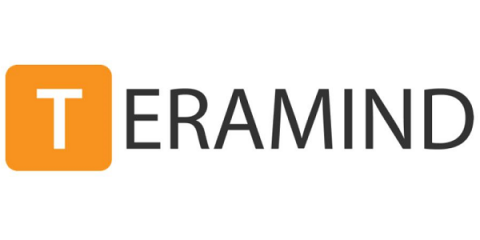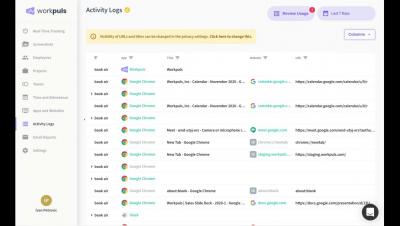Time Doctor Vs Replicon: 2021 Comparison
Looking for a Time Doctor vs Replicon comparison? One of the biggest challenges many businesses face today is keeping their employees engaged and motivated. Fortunately, having employee monitoring and time tracking tools in place can help your team perform at peak levels. However, there are so many of them to choose from. Some of these software may have similar features, while others might have unique features to accomplish the same task.







